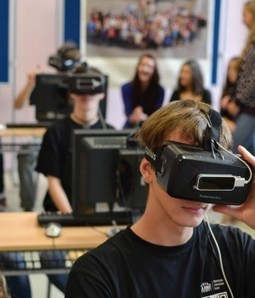InteIntel expects 50 billion connected devices to be in use globally by 2020, that breaks down to roughly six internet connected devices for each person on the planet and that’s one reason why Intel’s Managing Director of the Internet of Things Group Bridget Karlin says, ‘IoT is not just a futuristic trend, it’s here to stay.’ For Intel, IoT is about connecting devices, sharing data and enabling analytics that can help users make decisions in real time. In healthcare, Karlin said medical professiona
Source: www.thestreet.com
Video interview with Intel Managing Director of IoT explains Intel’s pov about the IoT works. “Our approach at Intel is to build security in at the silicon level and move that all the way up through the device to the software. Because, if you think about it, it’s a lot harder if you have a thermostat at home to put in a security patch as opposed to having it built in at the beginning.”
See on Scoop.it – Internet of Things – Company and Research Focus







